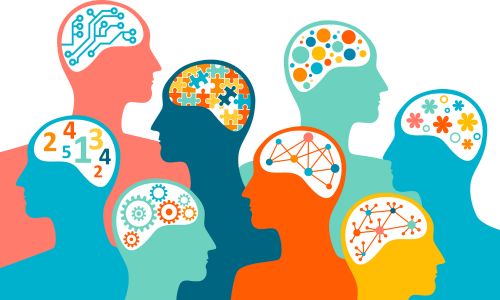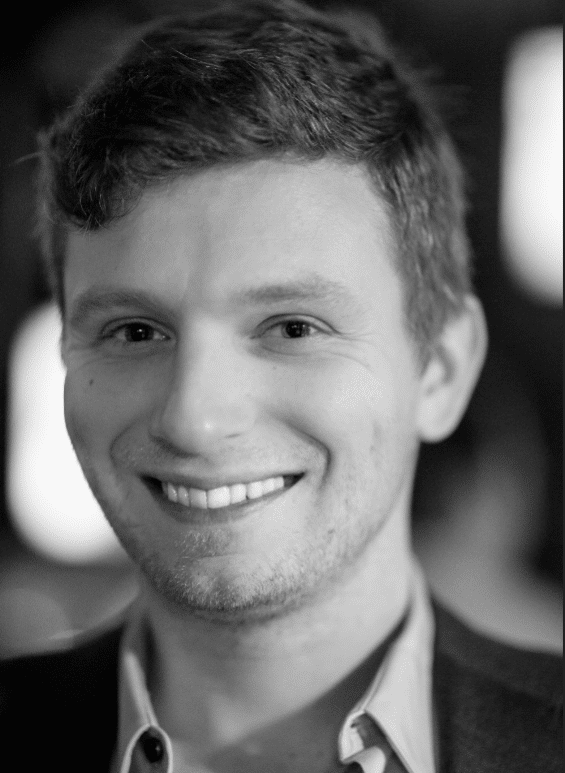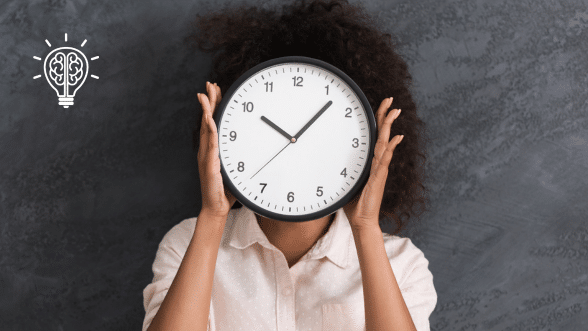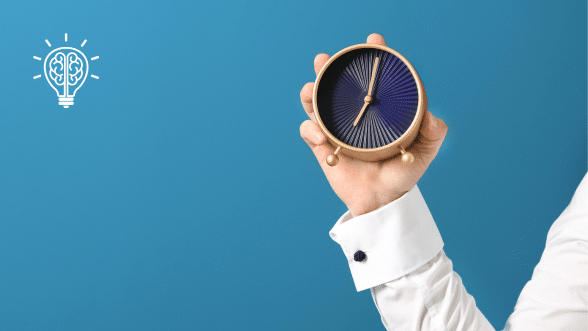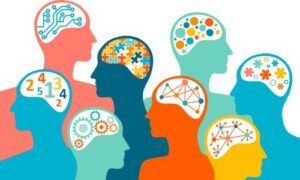
Talk to Children About Learning Differences:
Learning differences can be challenging for children and parents alike. It’s crucial to approach this conversation with empathy, understanding, and positivity. Here’s a guide on how to talk to your child about a learning difference, emphasizing the uniqueness of every brain, the growth mindset, and practical strategies for overcoming challenges.
Understanding Brain Diversity: Strengths and Weaknesses
Every Brain is Unique: Start by explaining that just like we all look different, our brains work differently too. This uniqueness is what makes each person special. Emphasize that everyone has their own set of strengths and weaknesses, and a learning difference is just one aspect of their unique brain.
Growth and Development: Explain how our brains grow and develop over time. Make it clear that learning and improving are lifelong processes, and difficulties faced now don’t define their future capabilities.
Acknowledging Universal Struggles
Everyone Faces Challenges: Share that everyone, even adults, struggles with something, though it might not always be visible. This can help your child understand that they are not alone in facing challenges.
Visibility of Struggles: Discuss how some struggles are more visible than others. While their learning difference might be more noticeable, it doesn’t mean others aren’t facing their own battles.
Equalizing the Playing Field
Accommodations and Medication: If your child will be receiving accommodations at school or taking medication, explain these as tools to help “level the playing field.” Compare these to wearing glasses to see better or using a ramp for easier access – they’re simply tools to assist in their learning journey.
Meaning of Leveling the Playing Field: Clarify that these accommodations or medications are there to give them the same opportunity to succeed as their peers, not to give them an unfair advantage.
Harnessing the Power of Strategies
Limiting Weaknesses Through Strategies: Talk about how certain strategies can help minimize the impact of their weaknesses. For example, if they struggle with reading, using audiobooks or reading software can be a helpful tool.
Developing Personal Strategies: Work with your child to identify strategies that resonate with them. It’s a process of trial and error, and finding what works best for them is key.
Embracing Learning Differences
Positive Reinforcement: Always reinforce the idea that having a learning difference does not diminish their worth or potential. Celebrate their strengths and achievements, however small they may seem.
Open Communication: Encourage them to express their feelings about their learning difference and listen without judgment. Create a safe space for open dialogue.
Role Models and Success Stories: Share stories of successful individuals who have learning differences. This can be incredibly inspiring and reassuring.
Conclusion
Discussing learning differences with your child is a delicate but crucial conversation. It sets the foundation for how they view themselves and their abilities. By focusing on the uniqueness of every individual, the possibility of growth, and the effectiveness of strategies and accommodations, you can help your child navigate their learning journey with confidence and resilience.
Remember, this conversation is not a one-time event but an ongoing dialogue. Your support, understanding, and encouragement will play a significant role in shaping your child’s attitude towards their learning difference and their overall self-esteem. Talk to Children About Learning Differences.
